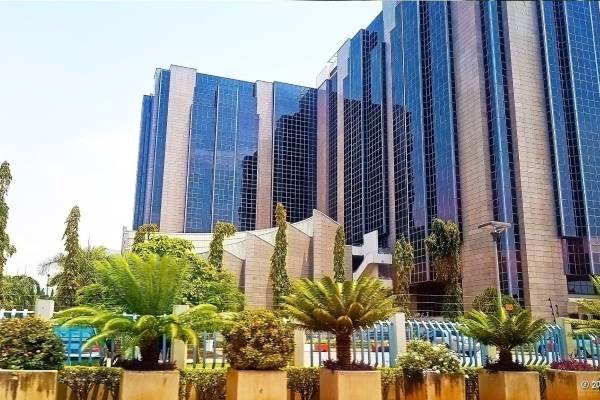Nigeria’s foreign exchange reserves have surged to $41 billion, their highest level in almost four years.
Here are the major highlights:
1. Highest in Nearly Four Years
-
The reserves reached $41.00 billion on 19 August 2025, according to the CBN.
-
This is the strongest external position since December 2021, ending a long spell of volatility and depletion.
2. A Strong August Rally
-
Reserves have jumped by $1.46 billion in less than three weeks, from $39.54 billion on 1 August.
-
That’s a 3.7% rise, averaging $81 million in daily accretion.
-
The $40bn mark was crossed on 7 August, before climbing to $40.5bn on 12 August and $41bn by the 19th.
3. Year-to-Date Growth Still Modest
-
Reserves stood at $40.88 billion in January 2025, meaning the net gain so far is just $124 million (0.3%).
-
Most of the progress has come in the last five weeks after hitting a July low of $37.28 billion.
4. Why the Surge Matters
-
Stronger reserves give the CBN more room to stabilise the naira, manage liquidity and repel speculative attacks.
-
They also boost investor confidence, improve Nigeria’s credit outlook and show capacity to meet external obligations.
5. Drivers and Outlook
-
The CBN credits the rally to rising oil receipts, improved non-oil exports, increased capital inflows and reduced imports.
-
Analysts say sustainability will depend on oil production, non-oil FX earnings, debt servicing, and policy direction.
Nigeria’s reserves are back at levels last seen in late 2021, offering the strongest buffer in almost four years.





